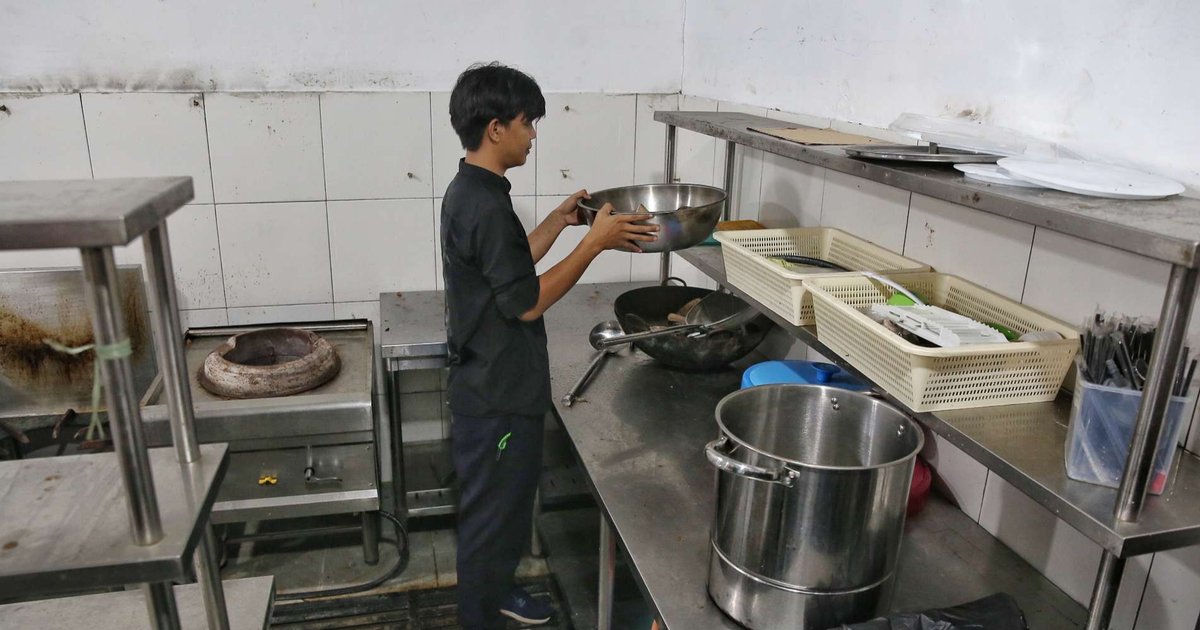A new report has revealed global climate conditions could end cricket as a sport, with players at risk due to extreme heat - and some Aussie stars are taking the warning to heart.
The Hit for Six: The Danger Zone report, commissioned by FrontRunners, The British Association for Sustainability in Sport, Climate Central and The Next Test, highlights how players - from grassroots to international cricket stars - are potentially gambling with their lives by competing in conditions exceeding 37 degrees.
The report revealed that in 2024 alone, Pakistan saw at least 83 days where cricket was played as the mercury soared past 37 degrees, which is the threshold beyond which outdoor activity becomes unsafe.
India saw dangerous game-day temperatures on 52 days, while in Australia the figure was 46 days.
The effects of increased temperatures include nausea, fatigue, breathlessness and cramps.
In this year's Indian Premier League (IPL) - which features the likes of Aussies Pat Cummins and Josh Hazelwood - more than half of the 65 matches were played in conditions classified as either Extreme Caution or Danger on the Heat Index, a measure which combines air temperature and humidity to assess heat-related risk.
A new report has revealed global climate conditions could end cricket as a sport, with players at risk from extreme heat (pictured, Aussie Test star Steve Smith)
The Hit for Six: The Danger Zone report also revealed many IPL games this year were played in dangerous conditions, with air pollution also a concern (pictured left, Aussie paceman Josh Hazlewood playing for Royal Challengers)
Former Test star Simon Katich stated he is 'very concerned about the future of the game and younger generations being affected by extreme weather'
'We are witnessing a clear trend towards more frequent and more intense heat conditions for key cricketing nations,' Dr Mike Tipton, Professor of Human & Applied Physiology at the Extreme Environments Laboratory at the University of Portsmouth, outlined in the report.
'Players are now being asked to perform in environments that are not just uncomfortable, but potentially dangerous, with rising temperatures and humidity levels pushing human physiology toward its upper limits.
'This isn't just about performance — it's increasingly a question of player safety.'
Air pollution is also a major factor in India, with research conducted by The Next Test revealing none of the 75 IPL matches this year had 'good' air quality.
Australian all-rounder Ashton Turner has seen enough and called for change.
'I've seen the impact our changing climate can have on our game, from the debilitating air pollution in Delhi to the extreme temperatures we experience in our Australian summers,' he told the ABC.
'Ever-increasing temperatures are putting the game at risk and it's affecting everyone from players to coaches to umpires to spectators.
'We've seen elite athletes at the pinnacle of the sport be struck down from heat exhaustion, [so] how are the under-10's boys and girls meant to cope on hot days?
Junaid Zafar Khan (pictured left) died during a cricket match that was played in 41.7C heat in Adelaide earlier this year
Aged in his 40s, Khan (pictured) collapsed after spending time in the field before batting, and could not be revived
Former Test star Simon Katich is on the same page, stating he is 'very concerned about the future of the game and younger generations being affected by extreme weather.'
The report also recommended that national federations join Cricket Australia in implementing new heat policy guidelines.
It comes after a cricketer in his 40s died during a match that was played in extreme heat in Adelaide earlier this year.
Junaid Zafar Khan could not be revived after collapsing on the field during the game at Concordia College Oval, which went ahead with the mercury hitting 41.7 degrees.

 9 hours ago
4
9 hours ago
4

















































